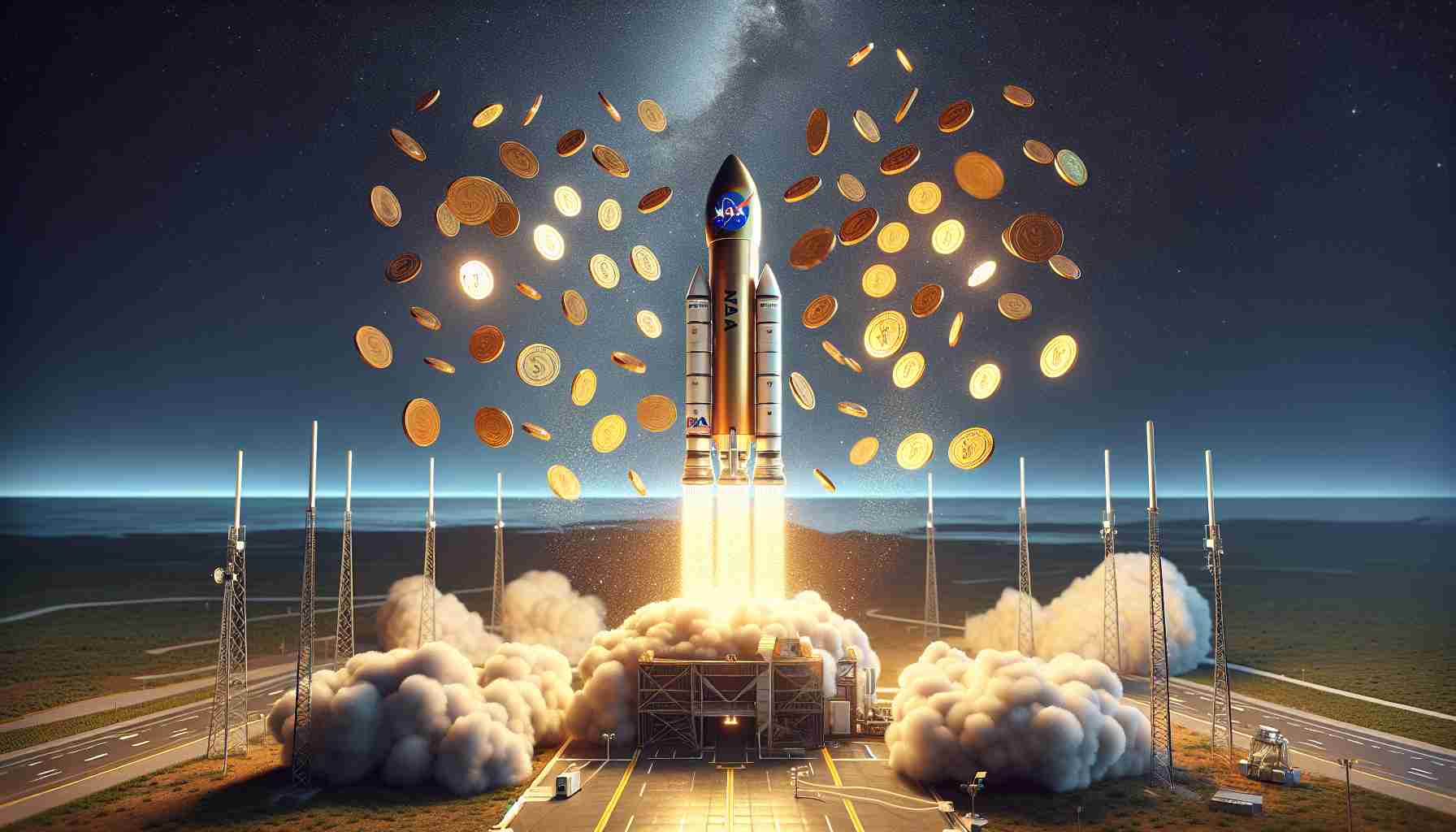Investing in the future of space exploration and scientific discovery goes beyond mere budgets and numbers— it is about nurturing a legacy that inspires innovation and growth. While the economic benefits of NASA are undeniable, the agency’s potential remains constrained by insufficient funding.
NASA’s recent economic impact report underscored its significant contribution to the US economy, generating over $75.6 billion in 2023 alone. This sum, a testament to the agency’s diverse missions and technological advancements, far exceeds its allocated budget. Every state in the nation reaped the rewards, with over 305,000 jobs supported and $9.5 billion in tax revenue generated.
Despite its proven economic value, NASA continues to face budgetary constraints that hinder its progress. Last year’s meager two percent decrease in funding was a setback, leading to cost-cutting measures and layoffs at critical facilities like the Jet Propulsion Laboratory. The abandonment of the VIPER rover mission due to budget concerns further highlights the pressing need for adequate financial support.
Recognizing NASA’s pivotal role in advancing human knowledge and exploration, it is imperative to provide the agency with the resources it needs to reach new heights. Sustained investment in NASA not only secures America’s leadership in space but also fosters innovation, inspires future generations, and bolsters economic competitiveness.
By bolstering NASA’s budget, we not only ensure the continuation of groundbreaking missions but also affirm our commitment to unlocking the mysteries of the universe and enhancing our collective understanding of the cosmos.
Additional Facts:
– NASA’s Artemis program aims to return astronauts to the Moon by 2024, with the ultimate goal of establishing a sustainable human presence on the lunar surface.
– The agency is also working towards sending humans to Mars in the 2030s as part of its long-term exploration plans.
– NASA collaborates with international partners such as the European Space Agency, Roscosmos, JAXA, and others on various space missions and research initiatives.
Key Questions:
1. How does NASA’s budget compare to other government expenditures, and what are the arguments for prioritizing space exploration funding?
2. What specific areas within NASA’s budget are most crucial for achieving its ambitious goals, and where could potential cuts be made without compromising its mission?
Key Challenges and Controversies:
– Balancing the allocation of funds between crewed missions, robotic exploration, scientific research, and infrastructure maintenance.
– Addressing public skepticism or misconceptions about the value of space exploration and NASA’s budgetary needs.
– Managing the political dynamics and competing priorities within the government that influence NASA’s funding levels.
Advantages of Adequate Funding:
– Enables the development of new technologies that have broader applications beyond space exploration.
– Supports job creation, economic growth, and innovation in high-tech industries.
– Enhances national security through space-based capabilities and partnerships with other countries.
Disadvantages of Insufficient Funding:
– Delays or cancellations of planned missions, leading to missed scientific opportunities and setbacks in exploration timelines.
– Risk of talented scientists, engineers, and staff leaving NASA for more stable or well-funded opportunities elsewhere.
– Diminished international collaboration and leadership in the global space community due to funding limitations.
Suggested related link: NASA Official Website



